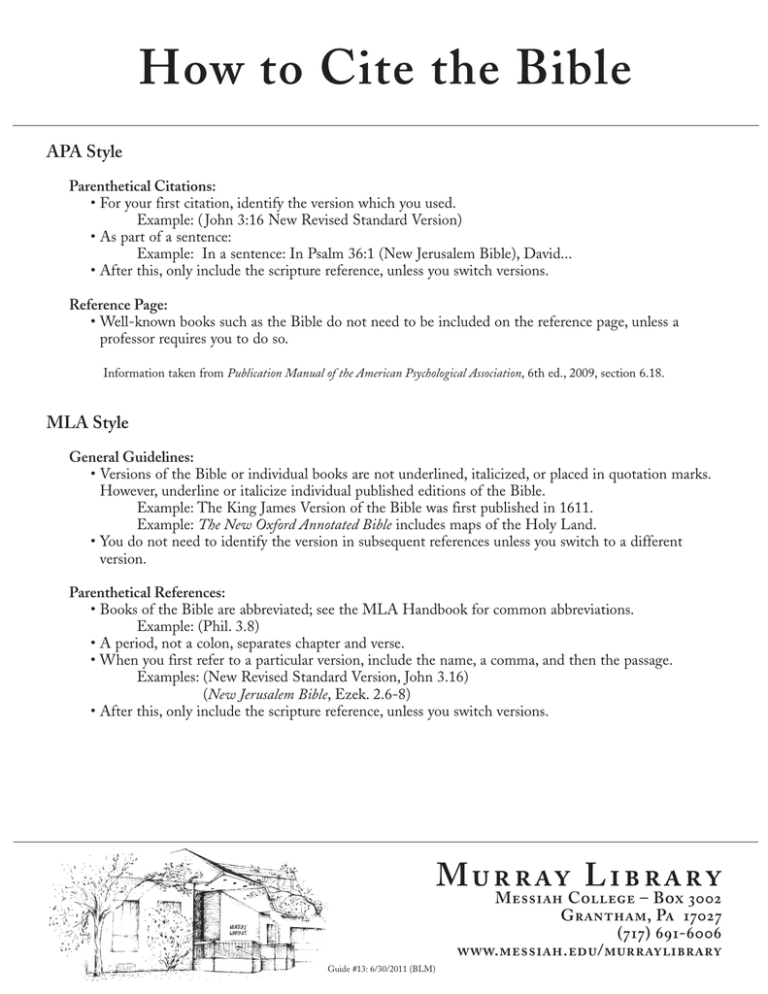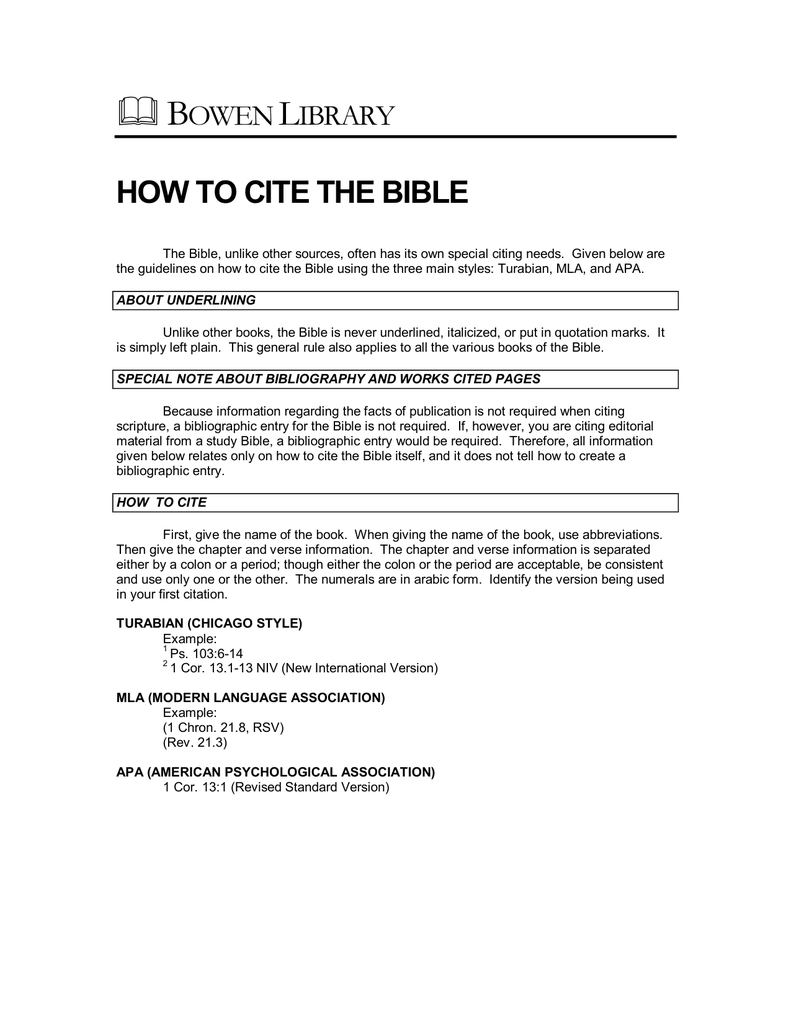So, you're writing something awesome, and you want to sprinkle in some biblical wisdom, huh? Fantastic! Citing the Bible in APA style doesn't have to feel like deciphering ancient scrolls. We'll break it down, promise.
The Basic Recipe: Book, Chapter, Verse
Think of it like giving directions. You wouldn't just say, "Go to the big city," would you? You'd need a street name and a number!
Same goes for Bible verses. The general format is: Book Chapter:Verse. Easy peasy!
For example, let's say you want to quote John 3:16. In your text, it might look like this: (John 3:16).
Spice It Up: Adding the Version
Now, here's where things get a tiny bit more interesting, but still totally manageable. Different Bible versions exist, like different brands of your favorite cereal!
You need to specify which version you're using. Common versions include the New International Version (NIV), King James Version (KJV), and New Living Translation (NLT).
So, if you're using the NIV, your citation would become: (John 3:16, NIV).
Imagine citing Shakespeare and forgetting to mention if it's the original text or a modern translation! Catastrophe averted.
First Time's the Charm (and All Subsequent Times Too!)
APA is all about consistency. The first time you cite a verse, you use the full citation as described above: (John 3:16, NIV).
But guess what? Every time after that, you still use the full citation. No shortcuts allowed!
Unlike dating, there's no "abbreviated version" later on. Full commitment, folks!
The Reference List: Where the Magic Happens
Okay, you've sprinkled Bible verses throughout your masterpiece. Now it's time for the Reference List, where you give all the details.
The format is: The Holy Bible, Version Used. (Year). Publisher.
So, for the NIV, it would look something like this: The Holy Bible, New International Version. (1984). Zondervan.
Notice the italicized title. It's like giving the Bible its moment in the spotlight on the red carpet!
If the Bible version you're using doesn't have a clear publisher, skip that part. Keep it simple!
What if it's Online?
Many people now use online Bibles (hello, convenience!). Citing these is a bit different.
Include the URL where you accessed the verse. And guess what? You also include the date you accessed it.
This is because websites can change. We don't want anyone thinking you pulled your verse from a time-traveling website in the future!
Example: The Holy Bible, New International Version. (1984). Retrieved from https://www.biblegateway.com/passage/?search=John+3%3A16&version=NIV (Accessed October 26, 2023).
Common Mistakes to Avoid (Like the Plague!)
Forgetting the Bible version: This is a biggie! Always specify.
Inconsistent citations: If you start with (John 3:16, NIV), stick with it!
Not including a reference list entry: Your readers need to know where you got your info!
And the biggest mistake? Letting this stress you out! You got this. Think of it as adding a little bit of divine intervention to your writing.
Now, go forth and cite those verses with confidence and maybe a little bit of joy. Your paper (and your soul) will thank you!


























